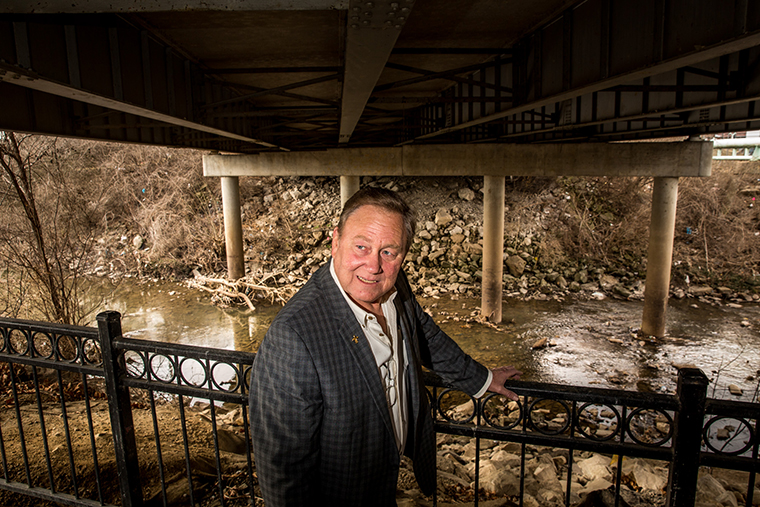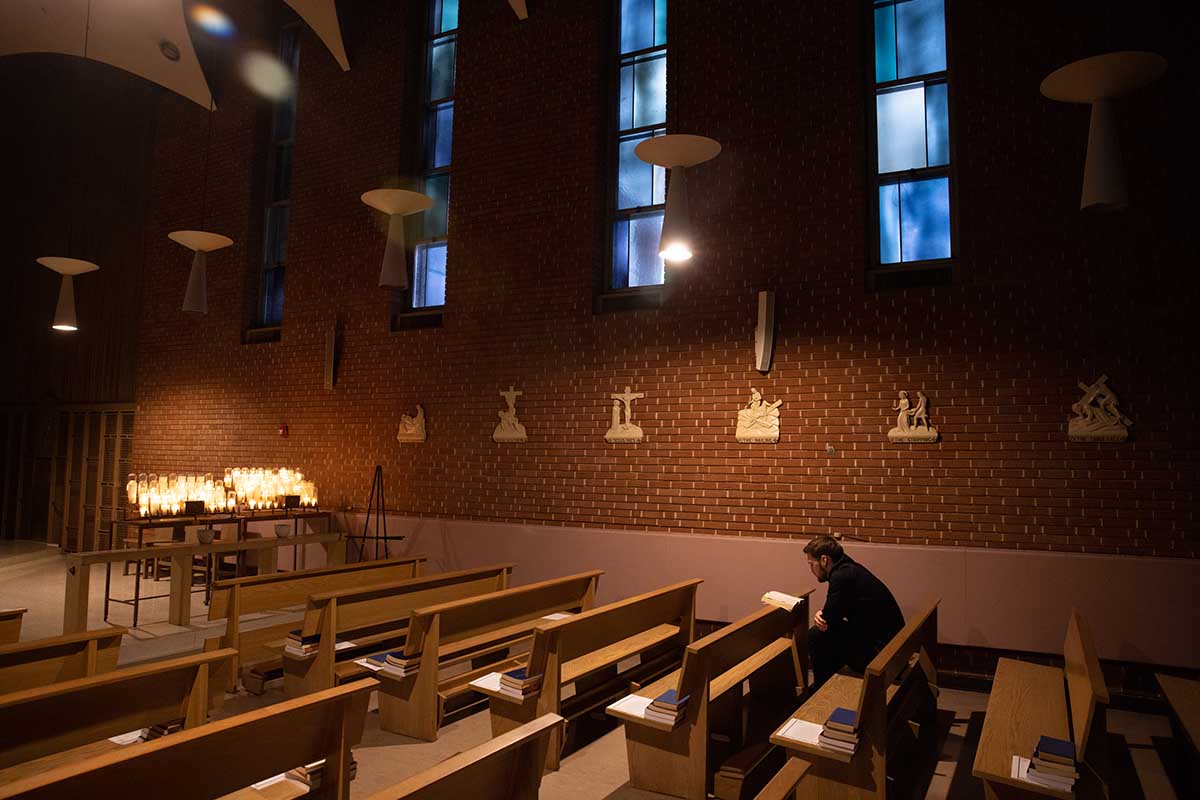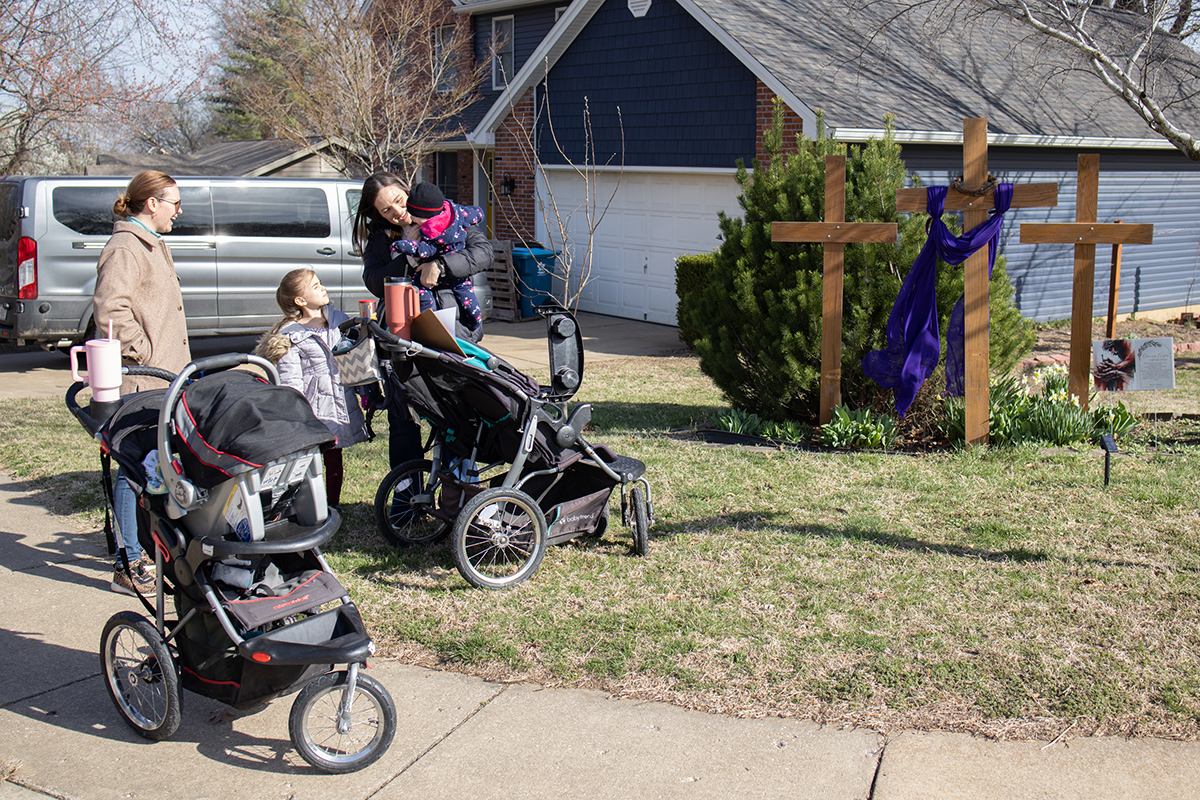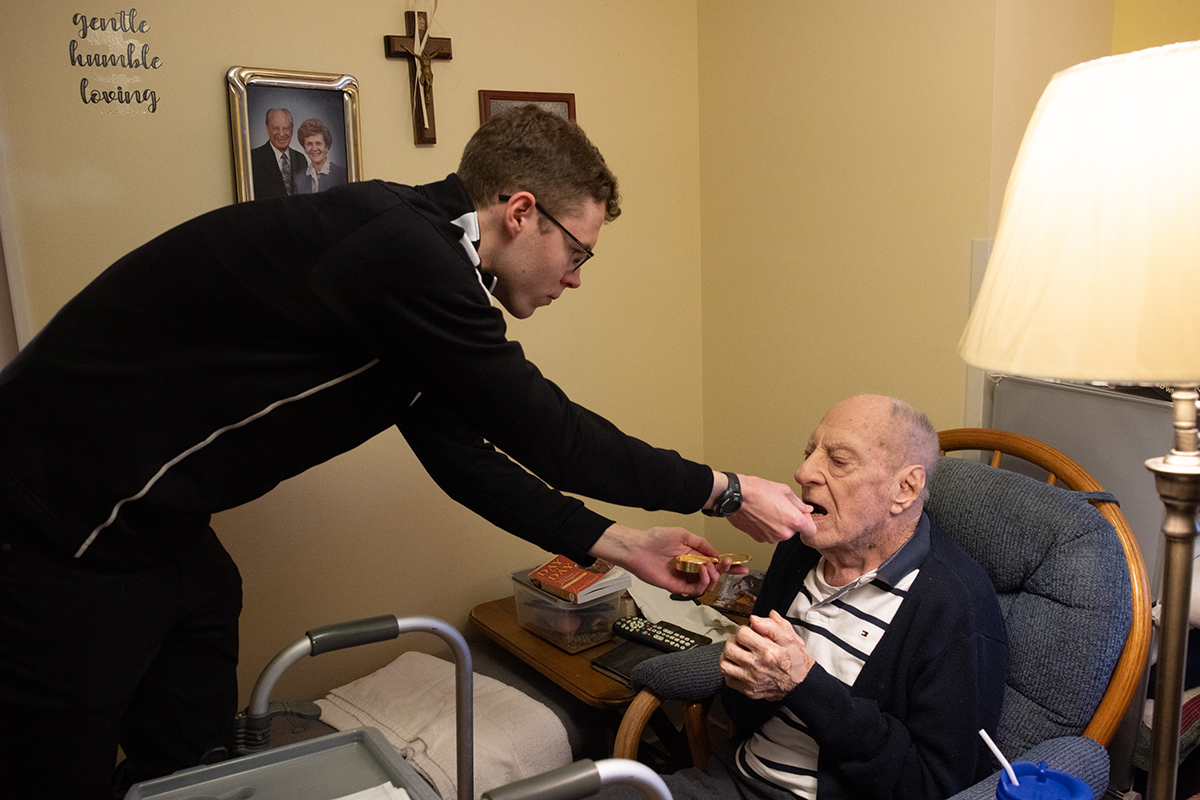Cleanup efforts along Coldwater Creek continue

Coldwater Creek in North St. Louis County is another area affected by Manhattan Project-era radioactive waste.
Radioactive waste from Mallinckrodt was stored at several sites in North County beginning in the 1940s, including the St. Louis Airport Site (SLAPS) and the Hazelwood Interim Storage Site (HISS). Contamination of the creek occurred from runoff at these waste storage sites over the years. The soil has been primarily contaminated with radium, thorium and uranium.
The U.S. Army Corps of Engineers, St. Louis District, has been in charge of cleanup efforts at these and several other sites in the area through the Formerly Utilized Sites Remedial Action Program (FUSRAP). In 2005, the EPA signed a record of decision, outlining the cleanup remedy at the North County sites. Cost of the project is $274.3 million. The contaminated soil is being transported to federally licensed disposal facilities in Michigan, Utah and Idaho.
St. Ferdinand Cemetery in Florissant is one of numerous properties affected by Coldwater Creek. The creek runs along the back edge of the 35-acre cemetery. Only about eight acres on the front end of the property contain grave sites, said Tom Kuehner, managing director of grounds and facilities at Catholic Cemeteries, meaning that no grave sites were affected by contamination.
“They basically used our land as an easement to get to their (cleanup),” said Matt DeWitt, Catholic Cemeteries’ managing director of administration services. “It will take at least 100 years before we ever get (graves) back here — if we ever get back here.”
Remediation efforts along other parts of Coldwater Creek are ongoing.
Mark Behlmann believes that the lens of logic is the clearest set of glasses to view the situation at Coldwater Creek.
Behlmann, a well-known land developer in North County, has been part of the volunteer efforts with a Facebook group, Coldwater Creek — Just the Facts Please, which began tracing the possibility of a cluster of cancers and other illnesses found in people living near the creek.
Behlmann lost his wife, Cathy, eight years ago from lung cancer. She had died within six months of her diagnosis. Behlmann’s mother-in-law also suffered several types of cancer. Cathy Behlmann had played in the creek as a child.
Like many others, Behlmann cannot point to the creek as the cause of his wife’s cancer. “For me, or for anybody to point the fingers or get hysterical … that is driven by fear of the unknown.”
Behlmann has shared his knowledge as a land developer in guiding members of the U.S. Army Corps of Engineers as they assessed areas along the creek. The Coldwater Creek group, he said, is working toward helping people understand the scientific aspects of the radioactive contamination in the creek and converting that into what he calls a “logical standpoint” — helping people to get beyond their fears.
Whether the creek caused so many illnesses “is another fight for another day,” he said. “No one is able to identify that this is causing cancer for certain.”
“Because of my faith, this has got to be resolved by a much higher power than us humans or any court,” he said. “When you lose hope, that becomes the downfall. I know for my wife, the only thing she had left was her faith in going to a bigger, better place.”
Coldwater Creek in North St. Louis County is another area affected by Manhattan Project-era radioactive waste. Radioactive waste from Mallinckrodt was stored at several sites in North County beginning in … Cleanup efforts along Coldwater Creek continue
Subscribe to Read All St. Louis Review Stories
All readers receive 5 stories to read free per month. After that, readers will need to be logged in.
If you are currently receive the St. Louis Review at your home or office, please send your name and address (and subscriber id if you know it) to subscriptions@stlouisreview.com to get your login information.
If you are not currently a subscriber to the St. Louis Review, please contact subscriptions@stlouisreview.com for information on how to subscribe.







